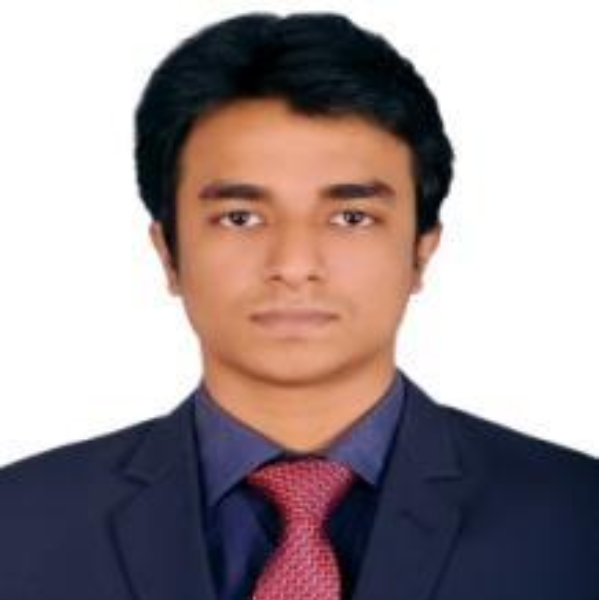International Journal of Image, Graphics and Signal Processing (IJIGSP)
IJIGSP Vol. 11, No. 11, 8 Nov. 2019
Cover page and Table of Contents: PDF (size: 919KB)
Effects of Filter Numbers and Sampling Frequencies on the Performance of MFCC and PLP based Bangla Isolated Word Recognition System
Full Text (PDF, 919KB), PP.36-42
Views: 0 Downloads: 0
Author(s)
Index Terms
MFCC, PLP, Clean and Noisy Environment, Different Sampling Rate, Different number of filter banks, HMM, Bangla ASR
Abstract
In this work, a 5 state left to right HMM-based Bangla Isolated word speech recognizer has been developed. To train and test the recognizer, a small corpus of various sampling frequencies have been developed in noisy as well as the noiseless environment. The number of filter banks is varied during the feature extraction phase for both MFCC and PLP. The effects of 2nd and 3rd differential coefficients have also been observed. Experimental results exhibit that MFCC based feature extraction technique is better in CLASSROOM environment on the contrary PLP based technique performs better not only in a noiseless environment but also in when AC or FAN noise is present. We have also noticed that higher sampling frequency and higher filter order don’t always help to improve the performance.
Cite This Paper
Oli Lowna Baroi, Md. Shaikh Abrar Kabir, Azhar Niaz, Md. Jahidul Islam, Md. Jakaria Rahimi, " Effects of Filter Numbers and Sampling Frequencies on the Performance of MFCC and PLP based Bangla Isolated Word Recognition System", International Journal of Image, Graphics and Signal Processing(IJIGSP), Vol.11, No.11, pp. 36-42, 2019. DOI: 10.5815/ijigsp.2019.11.05
Reference
[1]Oli Lowna Baroi, Md. Shaikh Abrar Kabir, Azhar Niaz, Al Mahmud Rakib, Md. Jahidul Islam and Md. Jakaria Rahimi,“Effects of Different coefficients on MFCC and PLP for Bangla Speech Corpus using Tied-state Triphone Model”. In: 2019 International Conference on Electrical, Computer and Communication Engineering (ECCE), pp.1-6(2019)
[2]Josef Psutka, Ludek Muller and Josef V Pustka,“Comparison of MFCC and PLP parameterizations in the speaker independent continuous speech recognition task”. In: Eurospeech 2001, pp.1813-1816(2001)
[3]Florian Honig, Georg Stemmer, Christian Hacker, Fabio Brugnara, “Revising Perceptual Linear Prediction (PLP)”. In: INTERSPEECH 2005.
[4]Athiramenon.G, Anjusha.V.K, “Analysis of Feature Extraction Methods for Speech Recognition”, In: IJISET - International Journal of Innovative Science, Engineering and Technology, Vol. 4 Issue 4, April 2017.
[5]Debnath, S., Saha, S., Aziz, M.T., Sajol, R.H., Rahimi, M.J.: Performance comparison of MFCC based Bangla ASR system in presence and absence of third differential coefficients. In: Proceeding of the International Conference on Electrical Engineering and Information Communication Technology (ICEEICT), pp. 1–6 (2016)
[6]H. Hermansky, “Perceptual linear predictive (PLP) analysis of speech,” In: Acoustical Society of America Journal, vol. 87, no. 4, pp. 1738–1752, 1990.
[7]Sai Chen, Hongcui Wang, JiaJia, Yeteng An and Jianwu Dang, “Comparison of Mel Frequency Ceptrum Coefficient and Perceptual Linear Predictive in Perceptual Measurement of Chinese Initials”, In: Trans Tech Publications, Switzerland Applied Mechanics and Materials Vols. 411-414, pp 291-297 (2013)
[8]Namrata Dave, “Feature Extraction Methods LPC, PLP and MFCC In Speech Recognition, “ In: International Journal for advance Research in Engineering and Technology, Volume 1, Issue VI, July 2013.
[9]Fatmazohra Chelali, Amar.Djeradi, Rachida.Djeradi, “Speaker Identification System based on PLP Coefficients and Artificial Neural Network”, In: Proceedings of the World Congress on Engineering 2011 Vol II WCE 2011, July 6 - 8, 2011, London, U.K.
[10]H.B.Chauhan, Prof. B.A. Tanawala, “Comparative Study of MFCC and LPC Algorithms for Gujrati isolated Word Recognition,” In: International Journal of Innovative Research in Computer and Communication Engineering, Vol.3, Issue 2, February 2015.
[11]Corneliu Octavian Dumitru, Inge Gavat, “A Comparative Study of Feature Extraction Methods Applied to Continuous Speech Recognition in Romanian Language,” International Symphosium ELMAR, 07-09 June, 2006, Zadar, Croatia.




